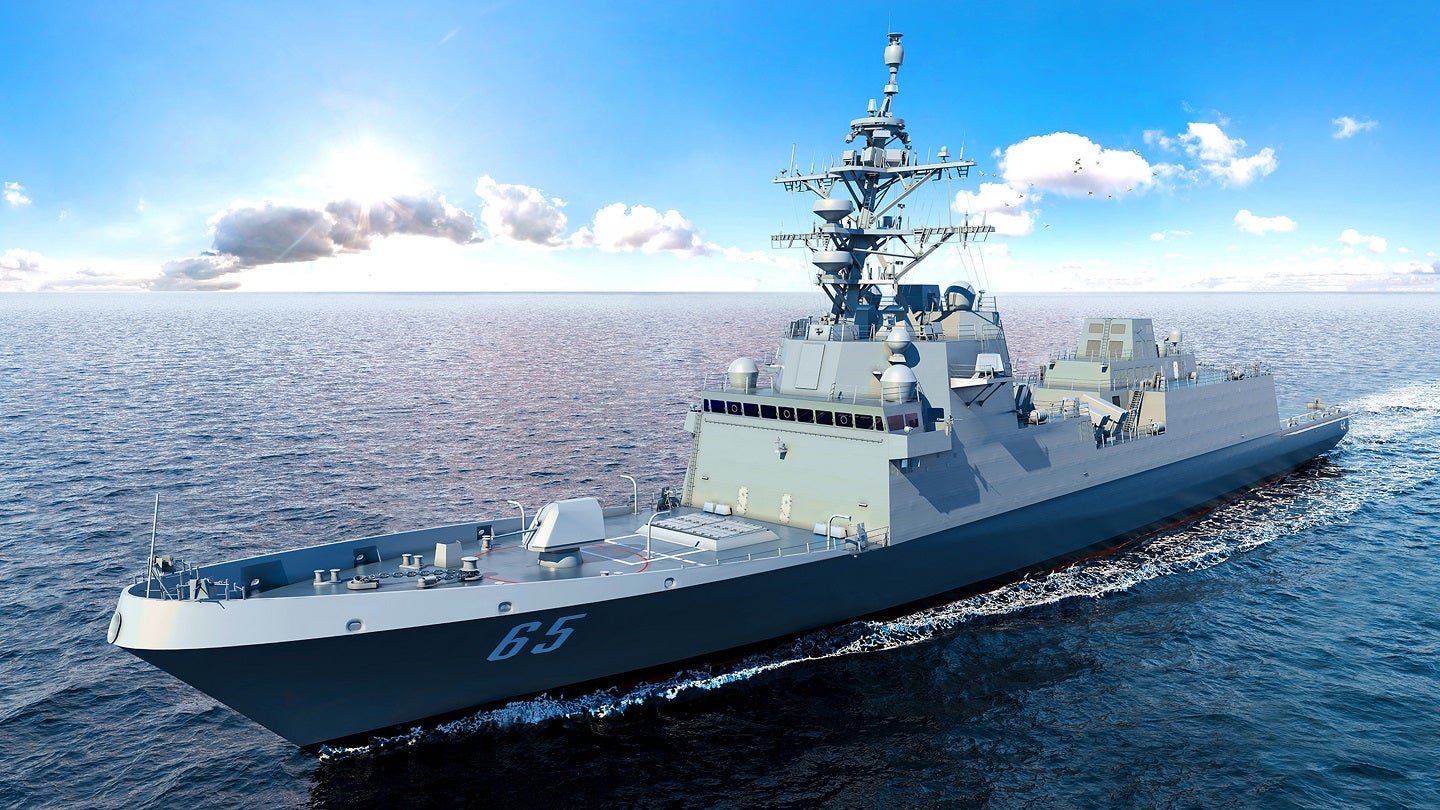
The US Navy has stated that the fourth Constellation-class guided missile frigate will be named USS Lafayette (FFG 65), with the vessel scheduled to commission in 2029.
A total of three previous vessels have been named Lafayette in US Navy service: a sidewheel ironclad ram, a transport ship (AP 53), and a ballistic missile submarine (SSBN 616), according to the US Navy.
The other named ships in the Constellation-class programme are the USS Constellation (FFG 62), USS Congress (FFG 63), and USS Chesapeake (FFG 64). The Constellation class will have multi-mission capability to conduct air warfare, anti-submarine warfare, surface warfare, electronic warfare, and information operations.
Specifically, the class includes an enterprise air surveillance radar, Baseline 10 Aegis combat system, a Mk 41 vertical launch system, communications systems, Mk 57 gun weapon system countermeasures, and added capability in electronic warfare and information operations with design flexibility for future growth.
Having opted to dispense with guided missile frigates with the retirement of the Oliver Hazard Perry class in 2010s, the US Navy had sought to develop the two-variant Littoral Combat Ship (LCS) programme to fill the capability gap.
However, difficulties with the LCS programme have seen a number of ships retired after only a handful of years of service, with questions over the suitability of the platforms and their survivability in contested maritime environments.
The difficulties experienced by the LCS also appear in part to have been the motivation behind the US decision to initiate the FFG(X) programme, now known as the Constellation class, which will deliver up to 20 frigates into USN service.
At between $500-600m per ship, the Constellation class is around 50% more expensive per ship than the LCS, although as a much larger warship (7,200t fully loaded) than the LCS Independence variant (3,400t full loaded) and Freedom variant (~3,500t), it necessarily has greater capability, and crucially, survivability.







